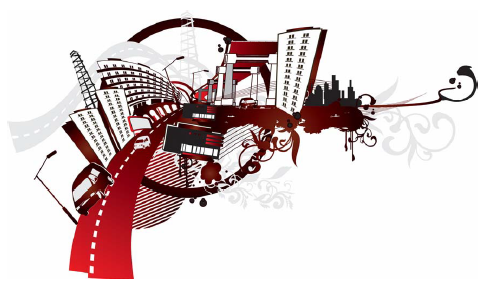
The objective of this work is to analyse the basic choices which are facing everyday the authorities and the citizens, concerning the development and operation of urban transport systems. More precisely, the positive and negative aspects of each choice are analysed and for each case it is proposed the choice meeting better the needs of the modern city. From this analysis, it is concluded that in order that city authorities and citizens face the complexity of urban transport systems, they should develop and apply integrated urban mobility policies, within which they will select their mixture of choices, characterising thus the development and the quality of life in their cities. Today, basic transport choices in modern cities cannot be avoided: safety to the detriment of speed, public transport to the detriment of private transport, first the pedestrians, then two wheelers and then cars, in parking first are served the residents, then the visitors and last the commuters.
| ID | pb8 |
| Full Text | |
| Tags | parking, pedestrians, urban mobility |













